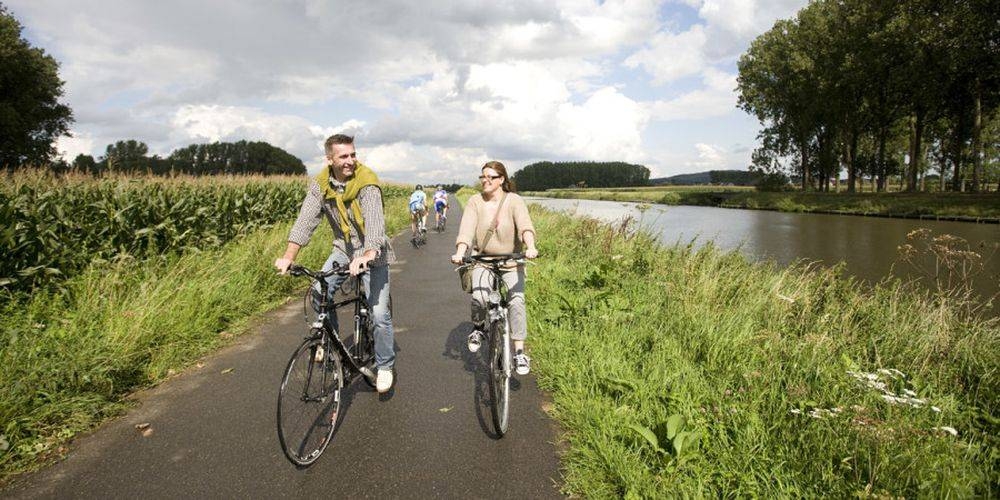So far, only half of European governments have put into place a cycling plan, including purchasing subsidies and development of dedicated infrastructure, according to the 2022 edition of the report “The state of national cycling strategies” published by the European Cyclists Federation (ECF).
This report analyzes the strategies in place to promote cycling in 44 European countries, pointing out the good as well as the not so good. While some countries have had a proactive cycling policy for years, others are still in their infancy.
Cycling strategy
Twenty countries have now adopted a national cycling strategy or comparable policy at some point. Of the rest, eight are currently developing a national cycling plan for the first time. The countries which have not developed any kind of strategy in this regard are mainly in Central and Eastern Europe (Poland, Belarus), the Baltic States (Lithuania, Estonia), and the Caucasus (Russia, Georgia, Azerbaijan, Armenia, and Turkey). Switzerland and Iceland also have not developed any such plans to date.
Meanwhile, France has launched a new cycling plan that extends to 2027, as has Italy, which wants to extend and secure its cycling network, both in cities and in the countryside. England and Ireland have also invested heavily in promoting cycling this year, as did Spain earlier.
In terms of investment in cycling infrastructure, the Flemish Region of Belgium has a record score of 45 euros per capita in 2022, followed by Ireland (35 euros) and Norway (20 euros). By comparison, in France, this investment is less than 1 euro per inhabitant.
Encourage Cycling
The ECF campaigns for European governments to take into account the need to encourage cycling to help reduce CO2 emissions and fight against global warming. – ETX Studio
For any query with respect to this article or any other content requirement, please contact Editor at [email protected] 2017 Malay Mail Online

